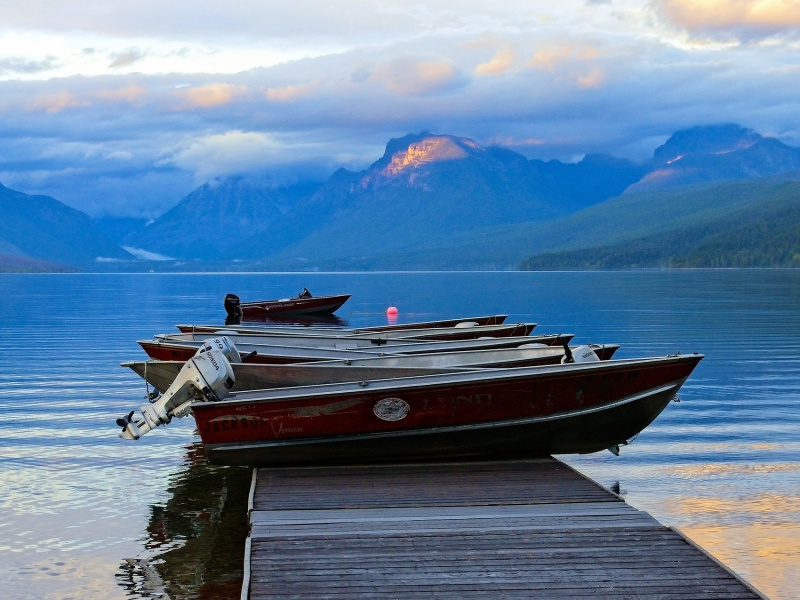Five Corsica’s ports that are worth visiting in travel
For those who have a minimum of familiarity with the geography of Europe – and in particular the Mediterranean Basin –, it’s not a secret that, for the French people, Corsica is a very peculiar region. In fact, besides having been – specifically the city of Ajaccio – Napoleon Bonaparte’s birthplace, this island located immediately north of Sardinia and south of Liguria (hence, closer to the Italian territory more than it is to its mainland) enjoys a strange reputation for being strongly detached – both anthropologically and culturally – from the rest of the country. Even the island’s population, while being generally hospitable to tourists, is often labeled as grumpy, cranky and surly, feeding and progressively enhancing Corsica’s reputation as a particularly harsh location to visit.
Is Corsica really the best place for the tourism ?
As often happens, the truth lies in the middle: Corsica is not the best place for mass tourism activities. Forget the atmosphere of Ibiza or the nearby Emerald Coast in North Sardinia: Corsica is for those who want to enjoy the beauty of unspoiled nature respecting its rituals and rhythms, with a discreet demeanor and an unobtrusive flair. Its coasts seem to be made specifically for solo sailors, looking for some adventure and even a pinch of mystery in the heart of the Mediterranean (hence in a relatively safe area). All they have to do is hire a boat in france (on the same Corsica or along the French Riviera) and sail to the discovery of the most unusual and less known shores of the entire “Mare Nostrum” (as the ancient Latin-speaking populations used to call their sea).
List of 5 Amazing ports to visit in Corsica
And since, Corsica’s ports are anything but renowned, even among the most experienced sea lovers (with the obvious exceptions of Ajaccio and Bastia, the two biggest towns of the island), below you’ll find five suggestions, able to direct you to the most attractive and yet hidden sea places along the Corsican shores. As you may have already guessed, they’re pretty far from the worldliness of places such as Monte Carlo or Capri. But again, if you don’t mind about being surrounded by big crowds, and you are more into getting to explore the unknown, they are the right places for you.
- Isola Rossa. Located on the western part of North Corsica, this slightly more than 3.000 inhabitants municipality is one of the main docking points for the ferries coming from the French Riviera and surroundings, in particular from Nice, Marseille and Toulon. Its main attraction is the small island – plus another couple, even smaller than the first one – that gives the town its name: it is located north of the mainland and linked with it by a bridge. On the northernmost point of the island there is the Stone Lighthouse, probably the most important monument of the town.
- Barcaggio. In the extreme north of the island, this fraction of the municipality of Ersa stands out for its extremely characteristic tourist port. It is probably the most comfortable mooring for those who come from the continent, despite the area surrounding the port is almost unhabited.
- Porto Vecchio. Hidden in the deepest point of an inlet along Corsica’s south-eastern coast, this ancient fishermen village reflects the influence of the nearby Sardinia, even in the dialect spoken by its inhabitants. In particular the architecture of its historic centre is typical of the Italian insular region, reflecting the fact that the cultural osmosis between the two islands is still persistent.
- Propriano. In this port located on the south-western coast there is another point of departure for many ferry lines, heading both north (Marseille) and south (Porto Torres, in Sardinia). Settled in the south bank of the Valinico Gulf, it’s surrounded by some of most amazing beaches of the island.
- Galeria. This tiny (slightly more than 300 inhabitants) municipality is one of Corsica’s most brilliant hidden jewels. Facing the homonymous gulf, it is the epicenter of the Scandola Natural Reserve, one of the few residual examples of Mediterranean scrub that has remained nearly untouched for thousand years. Not by chance, it is an UNESCO World Heritage Site: this means that it will remain untamed for many decades (hopefully centuries) to come.

